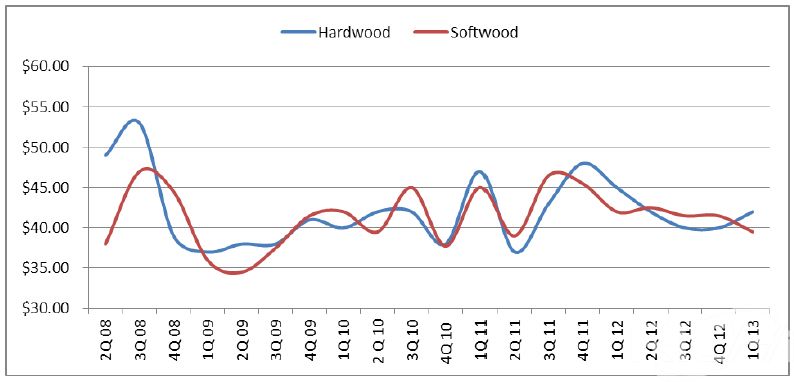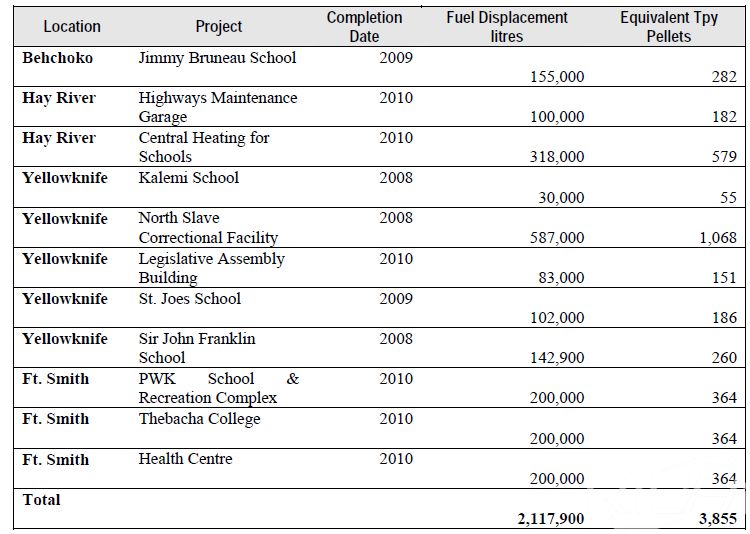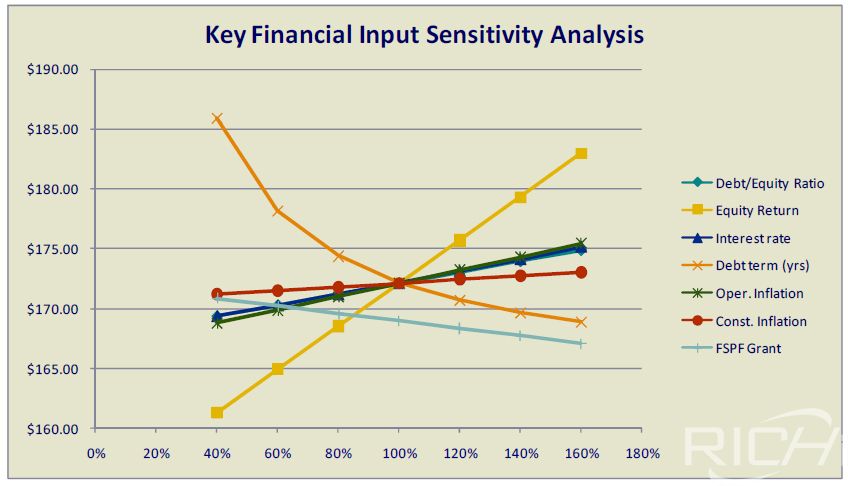
This is where you find all our press releases and news articles.
A typical biomass pellet plant consists of chipper, screw conveyor, magnetic separator, hammer mill, rotary dryer, ring die pellet mill, pellet cooler, pellet package machine, etc. In addition, there are other important issues to consider before establishing a biomass pellet plant.
Questions to Ask Before Building a biomass Pellet Plant
Before you develop your own business plan for pellets manufacture, there are several questions you should try to figure out in top priority:
By answering all the above questions, Richi is helping you to find the most profitable way to start your pellet plant.
There are three sources for the biomass feedstock: biomass residues of biomass manufacture process, harvested low-grade biomass, biomass wastes from residential wastes. As the biomass processing industry is on the decline, the supply of sawdust may be less reliable, the harvested low-grade biomass is becoming a stable feedstock for industrial pellet plant. But feedstock supplier is quite various in different country and regions. Take first consideration of your feedstock accessibility before you move forward.
For instance, from the U.S. Department of Agriculture (USDA) forest Inventory & Analysis (FIA) database, we can easily find out that there are 753,184 acres of timberland only in Presque Isle, Maine, and the annual growth would be 230,000 green tons. In that case, there would be 125,000 green tons are non-sawlog materials and can be used to make pellets.
To start a pellet plant, the price of feedstock is also a main consideration. Take the pulpbiomass from both hardbiomass and softbiomass in Presque Isle as an example, the price is about $35-45 per ton. For a new pellet mill in Presque Isle, the recommend initial biomass price would be $45 per ton.

The quarterly average prices for low-grade biomass
Typically, the global pellet fuel market for each country can be divided into two parts: the domestic market and the oversea market. Both of the markets include both residential customers and industrial customers. The residential customers use pellet fuel to heat their houses and workplaces, such as residences, schools, business buildings and etc. They have an annual demand for pellet fuel and will buy pellets before the heating season. Each residential customers may need pellets from half a ton to several hundred tons per year.
As the environment problem has been a serious concern of many governments, to use a multi-fuel combustion for industrial plant becomes a trend worldwide. Take the Avedore 2 Combined Heat and Power (CHP) plant in Denmark as an example, it has a multi fuel capability and uses 300 thousand tons of biomass pellets annually.
As the previously indicated, the biomass pellet market will grow rapidly according to the growing heating and industrial demand. For example, in the Northwest Territories (NWT) in Canada, the government officials indicate that the fuel displacement of the government buildings and the new government buildings will prefer pellet boilers.

The pellet project in the Northwest Territories in Canada
This is just an example. However, there are hundreds of thousands of districts like this, the demand for biomass pellets are quite large.
Take EU as an example, which is the main pellet market and has the longest pellet utilization experience in the world. The pellet price in Europe with a bulk cargo is about €215 per ton ($ 304 per ton). To be a pellet exporter, the warehousing and transportation costs must be considered. For a U.S. exporter, the warehouse costs may add $ 10 per ton, and the transportation costs may add $ 35-45 per ton.
The capital costs can be extremely different according to the different regions around the world. According to a study of capital costs for pellet plant in EU, which is researched by Deloitte, the capital costs are placed as follow:
Base capital cost: $125 per ton (if your capacity is 100,000 tons per year, the base capital cost is $12.5 million ).
Labor: $10 per ton in a pellet plant with a capacity of 150,000 tons annually (the price is changing with the capacity)
Energy: $10 per ton
Maintenance: $5 per ton
Repairs and lifecycle maintenance: $5 per ton
Loading onto rail for bulk shipments: $2.5 per ton
Optional capital costs:
Grinding on site: $3-4 million ( grinder, log deck, handling and debarking machine)
Pellet storage, rail car loading facility: $2 million
If the above capital example does not suit you, Richi can also provide you a personalized solution.
Based on the financial study by Deloitte, it is easy for the investors to get a general idea about the financial feasibility of running a pellet plant.
Project timing: planning 12-18 months, construction 12 months (want to reduce the pellet plant project time)
Debt to equity ratios: 50:50
Return on equity: 20%

The key financial input sensitivity analysis
Furthermore, as a part of the renewable energy industry, many governments have provided a financial assistance for pellet plant programs, it is also a good opportunity for investors to cut down their capital input and get more profit.
In conclusion, the increasing demand of biomass pellets is expanding year by year anyway. If you want to start a pellet plant by reducing the variable costs, capital input and cost of production, but still make high quality pellets, Richi gives you 3 bonus tips which may help your progress goes faster:
No.1 Get government and industry grant
No.2 Recruit an experienced managed team
No.3 Mastery the latest biomass pellet technologies
Having the right mix of reliable, high-quality pellet machine and pelletizing systems and expert support is essential to your success. Watch how our end-to-end feed pellet plant solutions have helped our customers optimize their performance.
Our customized and future-proofed turnkey pellet plant solutions is designed with you at the core. From vision to reality and beyond, our team stays connected with yours. Giving you peace-of-mind with an expert at your side.

At RICHI, we go beyond project completion. With RICHI Servicee, we’re your dedicated partners in success. Count on us for expert guidance, minimal downtime, and optimized productivity. Choose RICHI for unmatched service and support.



Meet global product demands and quality standards with industry-leading pellet plant design, engineering, equipment, and construction services for pellet processors.


Your Partner Beyond Project Completion
2000+ cases
RICHI is the leading designer, manufacturer and builder of pellet plants in the world, completing over 2000 projects in 140 countries across 6 continents.
Read More
Increase plant productivity, profitability, and safety by integrating high quality equipment into your pellet production line. Over the years, RICHI has become China's top pellet equipment manufacturer. At the same time, RICHI has established valuable partnerships with the world's leading component and raw material manufacturers to bring you the best there is in technology, automation, and efficiency in pelleting plant machinery.

For nearly 30 years, RICHI has been providing best-in-class pellet plant equipment and services to clients across a variety of industries, sizes, and needs. We pride ourselves on the knowledge and skill that each team member possesses – from our technical sales team to our process design engineers. You can count on RICHI Machinery to take your operation to the next level of innovation, quality, and success.
Need help with your pellet manufacturing plant project? Contact us today.
ANIMAL FEED
BIOMASS
WOOD
ORGANIC FERTILIZER
AQUA FEED
CAT LITTER
MUNICIPAL WASTE RECYCLING
SPECIAL PELLET PRODUCTION
RICHI Machinery continues to deliver world class pellet mill equipment, pellet plant engineering and project solutions that add value to our customers in the animal feed, wood waste, agriculture waste, organic fertilizer, cat litter and special pellet products industries. Throughout the years, we RICHI Machinery have built strong brand, becoming industry-leading pellet machine manufacturer. We value integrity, promise quality, and prioritize your success.
Learn MoreWith our expert team, we precisely implement your process engineering requirements in pellet mill and pelletizing plant systems. No matter which industry you’re in – we understand your needs and deliver solutions that meet the highest standards.
At RICHI, quality comes first. Our pellet making machine and related pellet line equipment undergo rigorous quality controls to ensure they meet the highest standards. Rely on products that are durable, safe, and efficient.
With decades of experience in pellet machine and pellet production line production, we have earned a reputation as a trusted partner in various industries. Our expertise allows us to cover a wide range of applications.
Not only do we offer premium pelleting equipment, but we are also experts at designing, building, installing, and maintaining facilities from the ground up. Our expertise is within pellt plant process design, discovering the most efficient, productive, and profitable way to handle your materials in an end-to-end cycle.

Keeping in touch with us is an effective way to solve all your problems. If you have any needs or questions, please leave your contact information, then RICHI technical consultants will send design, quotation, videos to your mailbox. You can also contact us directly via WhatsApp: +86 13838389622
Copyright©2015-2024 by HENAN RICHI MACHINERY CO., LTD. All rights reserved.